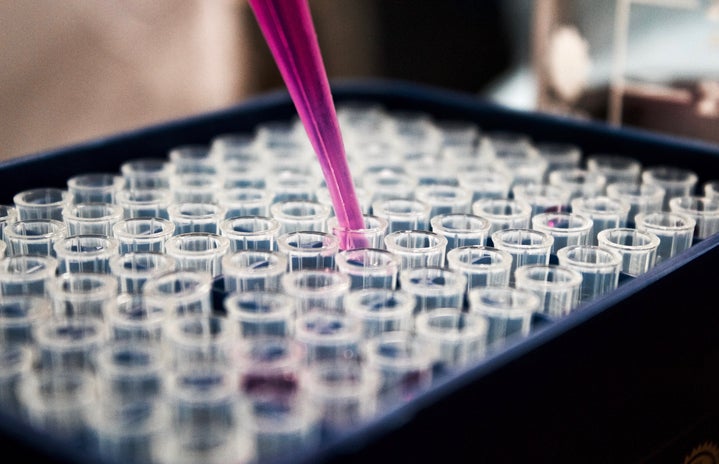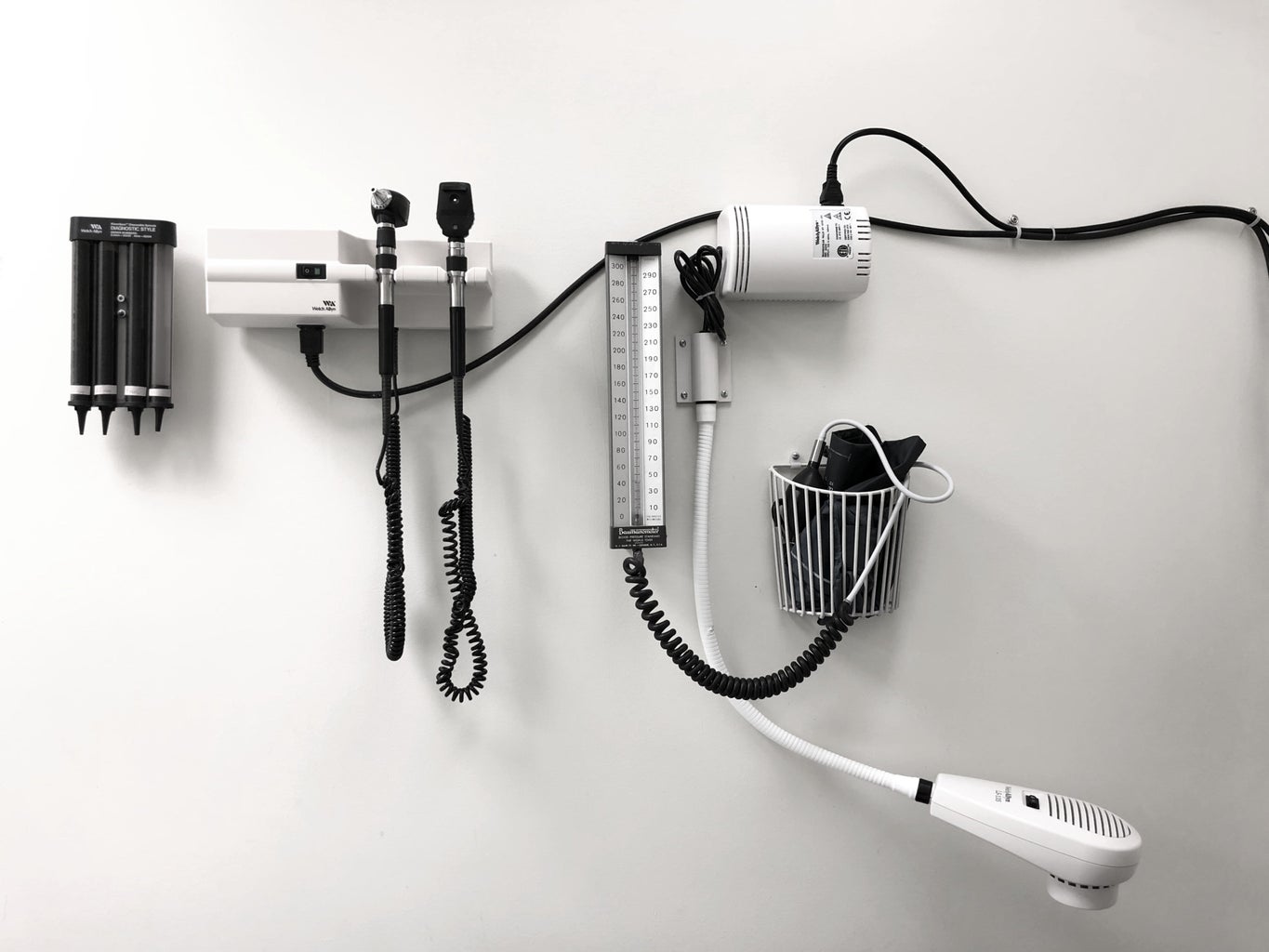Sickle cell disease (SDS) is a debilitating condition that affects millions across the world, predominantly people of African and Caribbean descent. It’s caused by a DNA mutation in the protein hemoglobin that leads to misshapen sickle-shaped red blood cells rather than healthy round ones. These sickle cells die early, causing anemia— a shortage of red blood cells. When traveling through the thin capillary vessels of the body, they can easily become stuck and clog normal blood flow, causing episodes of excruciating pain, stroke, and damage to organs. Sadly, the life expectancy of SDS patients is 2-3 decades shorter than that of a healthy person.
Currently, treatment options for SDS are limited. Medication and blood transfusions mitigate some of the disease’s effects, but their effects are limited and they can cause complications. Bone marrow transplants can cure the disease, but there are complications here as well; finding a matching donor is highly difficult, and the transplant risks negative immune responses such as Graft-Versus Host Disease (GVHD), where donor stem cells attack the recipient’s body.
Over the last decade, a new hope for treating SDS has emerged: CRISPR treatment. CRISPR-Cas9 is a DNA-altering system pioneered by Nobel Prize winners Jennifer Doudna and Emmanuelle Charpentier. It is the immune defense process that bacteria and archaea use to recognize and destroy viruses. The CRISPR system cuts out DNA sequences from viruses and uses them to create guide RNAs, which allow the Cas9 protein to recognize and destroy future invaders. The CRISPR-Cas9 system can be used to target non-viral DNA as well, raising the possibility to edit or remove an organism’s genes.
The companies Vertex Pharmaceuticals and CRISPR Therapeutics have developed the treatment Casgevy, which uses CRISPR to edit a patients’ own hematopoietic stem cells, which produces red blood cells. Stem cells are removed from the patient’s bone marrow, then CRISPR cuts a gene that normally stops the production of fetal hemoglobin, which is created during fetal development and stops a few months after birth. The re-production of fetal hemoglobin, which lacks the deadly mutation, allows healthy red blood cells to be created. The edited stem cells are placed back into the patient’s body, where they will start functioning smoothly in the bone marrow.
This technique revolutionizes SDS treatment, as using patients’ own cells eliminates the challenge of finding a bone marrow match. Additionally, patients don’t have to worry about immune response complications. After holding an 18-month clinical trial for Casgevy, the treatment was found to relieve severe pain for at least a year after treatment in 28 of 29 patients. Some side effects included susceptibility to infection, nausea, and tiredness. Casgevy also worked in thalassemia, a genetic disorder where enough hemoglobin is not produced, which causes anemia and is frequent in people of African, Asian, and Middle Eastern descent. Casgevy was able to eliminate a need for blood transfusions for 39 out of 42 thalassemia patients for a year.
On November 15, the United Kingdom approved Casgevy, becoming the first nation to do so. The US Food and Drug Administration is still considering the treatment and hopes to approve it by December 8th.
There are still some questions about the future of CRISPR sickle cell treatments. The cost is one issue, raising concerns as to how accessible treatment will be for those who need it. Vertex Pharmaceuticals has yet to determine how much Casgevy will cost, but the Institute of Clinical and Economic Review suggested a potential cost of about $2 million. In addition to financial issues, the technology needed to extract, genetically modify, and return a patient’s hematopoietic stem cells is complex and may not be possible in all areas of the world.
In regards to CRISPR-Cas9 in general, there are many ethical nuances to consider. While using the technology to treat genetic disorders is a historic celebration, scientists are faced with drawing a line on how far gene editing should be taken. Most are in agreement that it should only be used when absolutely necessary, and not for aesthetic reasons such as choosing the appearance of one’s offspring. With CRISPR treatments there can also be a risk of gene edits at the wrong location on the gene, making it important to consider whether benefits outweigh risks depending on the use.
Despite the decisions that will need to be made down the road, this previously unimaginable treatment is a huge step towards the future of medicine. This breakthrough has sparked hope in conquering other genetic diseases such as Alzheimer’s, hemophilia, Parkinson’s, and more. The possibilities seem practically endless, and are unfolding faster than many ever expected. As Jennifer Doudna herself put it best, “the more we know, the more we realize there is to know.”



